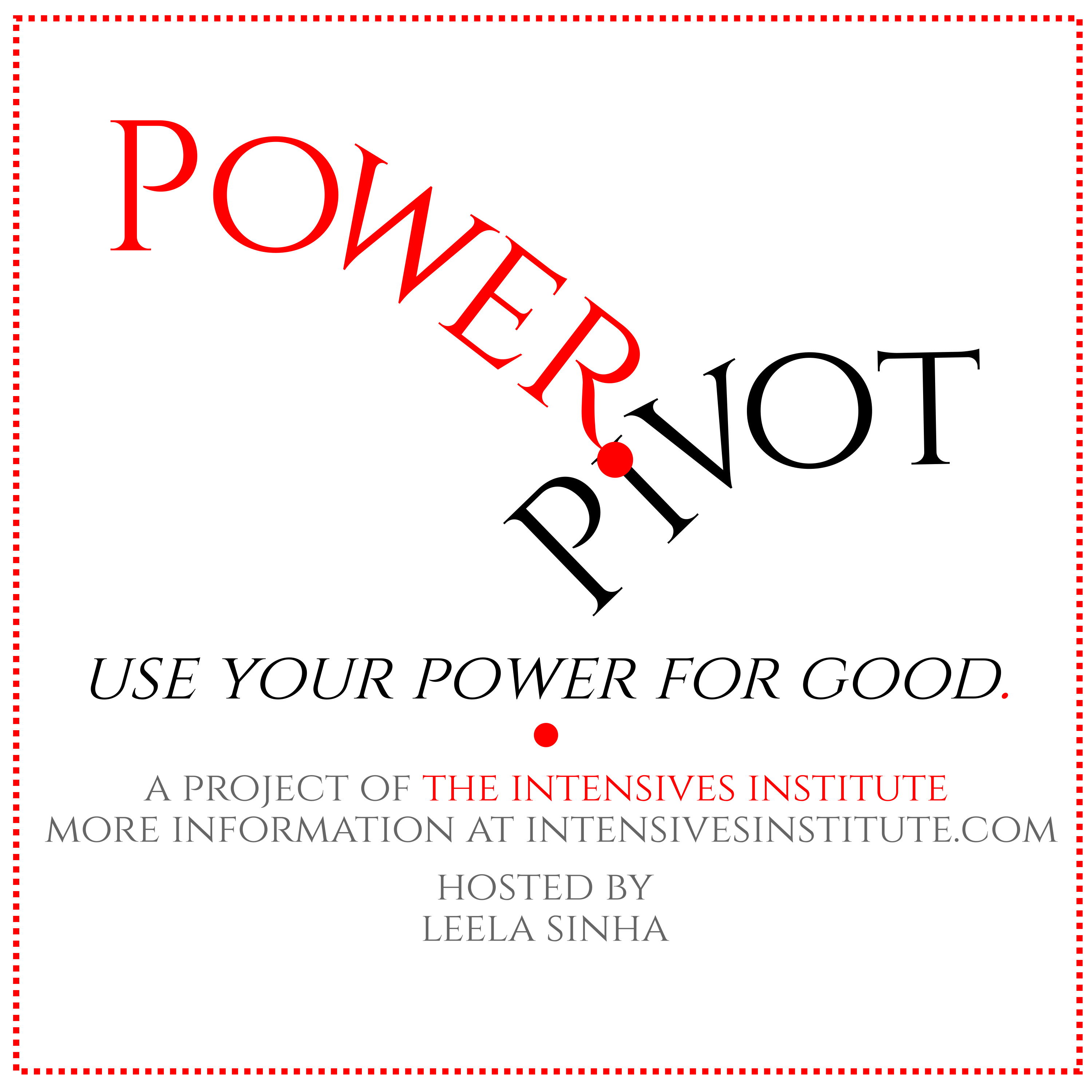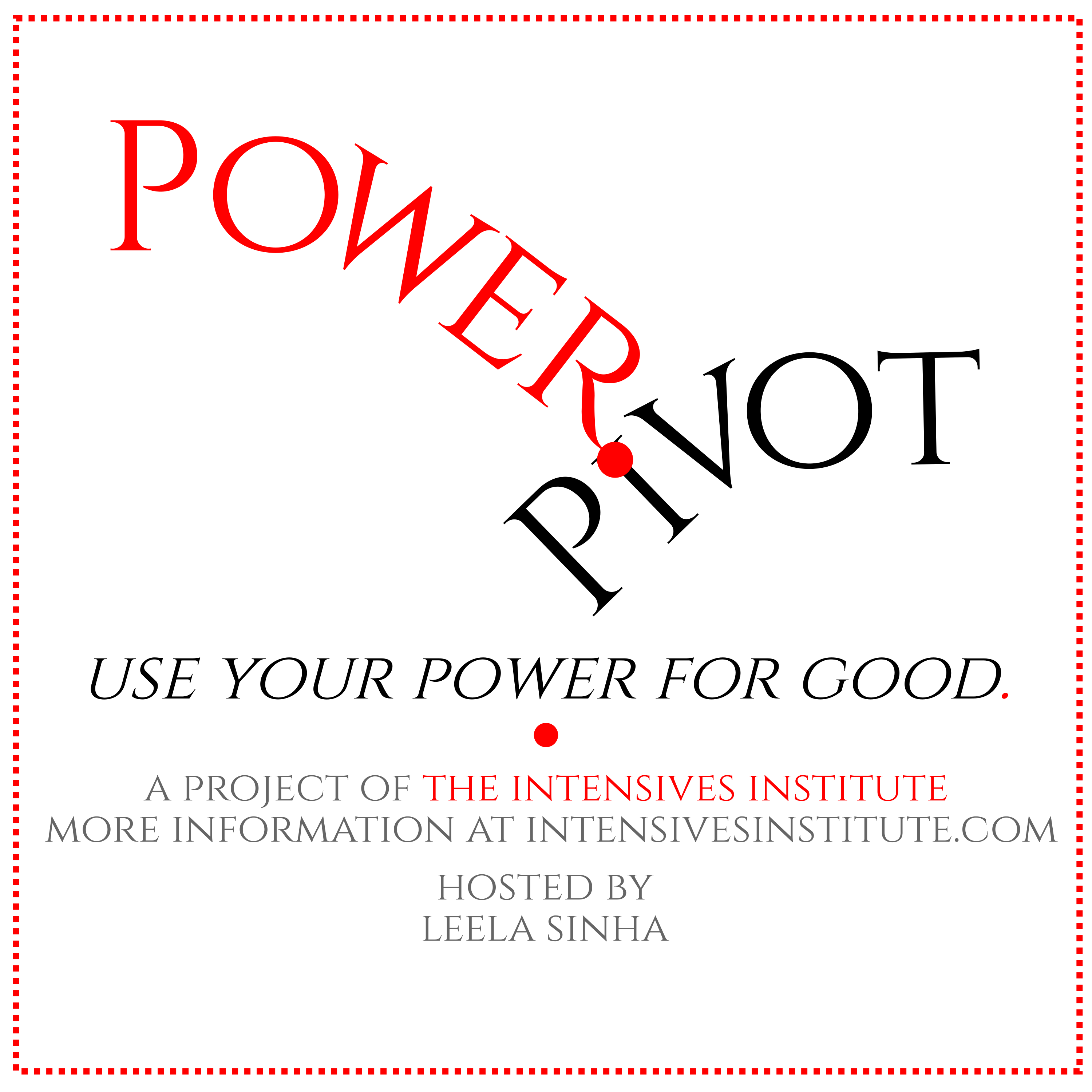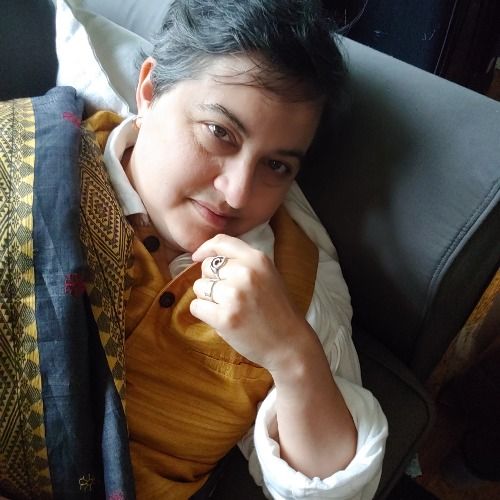Episode 3
all art
"Let's talk about what happens when we all make art. And I don't mean everybody has to be trained. I don't mean everybody has to be making beautiful art. I do mean to interrogate what we mean by art, specifically."
Transcript and notes:
https://dev.intensivesinstitute.com/captivate-podcast/all-art
Recorded 6 June 2023.
Transcript
Hey, everyone. Thanks for tuning in.
So let's talk about art. It is June. It is the month of lash abundance in the Institute. And I think one of the weirdest things in our society is the way that we try to gatekeep art. Not just paintings- although yes paintings- but all art.
Somehow it became this thing that only wealthy people were supposed to have. That people get as like an investment vehicle? That seems so odd to me. I can't imagine buying art to match my couch. Perhaps that's because my couch is gray.
But I think it's more to do with art being important unto itself. Art being an entity unto itself. Art being different from and yet similar to a tree. You have a relationship with it. It is its own thing. It doesn't need permission to exist. It doesn't need to justify its existence by matching something, or coordinating something, or doing something that even we, the artists, want it to do. Much less what somebody else has decided it should do.
Art patronage has always felt to me like it was really weird, fine line. Because funders almost always influence art, even if they don't know they're doing it. And certainly, in the Renaissance-era model of patronage, of course, the funders influenced art. It goes way back.
The book of Luke is also basically written for a particular audience, by a particular person. Who changed what he said, almost certainly, to make that person happy. King James Bible, same story. It's not like, it's not like this freedom. They're not complete freedom. You almost need an intermediary.
But of course, the person being patronized- in the old fashioned, funded by somebody else sense of the word- the person being patronized, will want to know, almost always, how the patron feels about it. Not always.
Crotchety art is a time-honored tradition and is useful. Is useful, because those are the artists who say, "I don't care, I don't want to know what you think- it doesn't matter to me. The art needs to exist, and I will create the art in full integrity. And that's it." That's the whole story. Everything else is commentary, and not the important kind of commentary either. The kind that I can leave behind. Leave aside.
But let's talk about what happens when we all make art. And I don't mean everybody has to be trained. I don't mean everybody has to be making beautiful art. I do mean to interrogate what we mean by art, specifically. There are all these conversations about how art is different from craft, and I think that's ridiculous.
I think all craft is art. But not all art is craft. But I think that, coming from the craft world- where I have an inherent bias toward things that we can use for things. But there's no way to know. Sometimes a work of art is a gateway. Sometimes it's an open door. Sometimes it's a closing door. Sometimes it's a thread pulled from another world. And sometimes it's a chair or a table.
I'm a tactile person, the ability to touch something and feel its beauty is magical to me. And also it does not have to be beautiful to be art. It does not have to be beautiful to be craft. What it needs to do is mean something. That's all. It needs to mean something to someone. Maybe it means nothing to the artist.
Khalil Gibran often was just writing to make money. But look at how meaningful those words are, anyway. Dickens- paid by the word, but look at how meaningful those words were anyway. And of course, I'm citing writers, but there are so many other people.
So many works of art are not meant to be beautiful. They're meant to be disturbing. They're meant to convey something they're meant to- they're meant to move us, move us collectively, move us forward, move us all slightly differently. Like wind blowing through the leaves of a tree. And everyone, everyone, everyone has the power to move people somehow. And when you make a thing, or say a thing, or do a thing that moves people, there's a way in which all of that is art. All of it is art. All of it is art.
You are made of art. You are an artist, just by existing. We don't know if ancient cave paintings were made for the sake of art, or if they were made for the sake of ritual, or if they were made for the sake of record keeping. We don't really know. We don't have enough information most of the time. But we look at it and we see art. And we see a long line of humanity stretching back thousands and thousands of years. We see that we are more alike than we are different.
And intensives especially- often we have messages to carry that are a little hard for people to take. Too heavy, too prickly, too hot, too cold. So they drop them if we just hand them to them. But sometimes if we write them into a story or paint them into a painting, carve them into a sculpture or piece of furniture, we give people an experience. It sticks and changes them.
Once upon a time, a number of years ago, I went to visit the Common Ground Fair, which is the Maine Organic Farmers and Growers Association country fair in Maine. It's extremely popular. And it's a lot of fun. I always stopped at the Sheepdog demo, because watching five people unable to do what one dog could do is always a good reminder of where we are actually in the grand scheme of things. And also, it's fun.
I always stopped to see the spinners- to admire their work, to aspire to their work. And we stopped to admire what was being sold for fiber art, for pottery, for jewelry. I always tried to get the fried mushrooms usually shiitakes. And I always stopped by the scythe demo because I never bought a new scythe. But I recognize the wisdom of using scythes and of growing things that can be tended with scythes, tended by hand. I'd like to get better with them. But this is not that year.
And then this one year, I also stopped by this maker. He makes chairs he makes shaker chairs. Now what most people don't know about shaker chairs is that they used to come in seven sizes. The small size was suitable for a very small child and the larger size was suitable for large adult. And most so-called shaker chairs now are based on the measurements of a number five chair, which is about in the middle. But a number five chair is a little too big for me. I'm short. And that day I sat in a number four rocker.
And I had the experience, for the first time, of having a chair fit me.
It actually fit me. It fit perfectly. My feet went on the floor. The back was comfortable. The seat was just the right length for my legs. I did not want to get up. It was the first time I had sat in a chair that fit. And it finally occurred to me that that book I had at home of standard measurements for chairs and tables was in fact not correct. That furniture did not used to be any less customized than clothing.
This is before I got on my customized clothing kick. But what I was learning by the experience of sitting in that chair was that I deserved comfort. I deserve to take up space. I deserved to have things that fit me. And that just because I wasn't like the rest of the world didn't mean that I shouldn't have things that fit.
I have sought that experience so many times over the years. I don't know who that maker was. And I don't know if he still makes chairs. If he did, if I knew who he was, if I could find him, I would probably be making plans to save up to buy myself a number four chair. Because I am still short. And no matter how many chairs I buy, that are supposed to be the right size and shape for me, none of them have fit. And I am constantly uncomfortable. It's one of the reasons I continue to sit on the floor, which is probably better for me.
But also, nobody can tell me that that chair wasn't transformational art. We create all kinds of moments and places and spaces that tell people things about themselves from the way they interact with them. Clothes are like that. That's one of my big things- is that our clothes shouldn't get to tell us our bodies are wrong. Our furniture shouldn't get to tell us our bodies are wrong. Our food shouldn't get to tell us our bodies are wrong.
The images we see around us shouldn't get to tell us that we're wrong. We are not fundamentally misshapen, broken, undeserving of comfort, undeserving of love. And the messaging we get from mass produced world is that we are all supposed to be the same and if we don't fit into that mold, then we have failed.
The reason the institute exists is to remind us that we all have gifts and we have not failed by being who we are. Our work can be art. Our art can be art. Our explorations of the world can be art.Words, paintings, drawings, music, gardening.
I went to a water garden store the other day and they had these beautiful displays. A waterfall that looked natural except that there was a pipe clearly sticking out the top of it where the water was coming from. A pond filled with water plants, including lilies. I didn't even know lilies could grow in Oregon until like two weeks ago. Art, all of it art.
The way we live is art. And as Annie Dillard said, "the way we spend our days is, after all, the way we spend our lives." How better to spend our lives then as art, in art? Making art that transforms everything, just by its very existence.
Thanks for tuning in. Talk with you soon.


